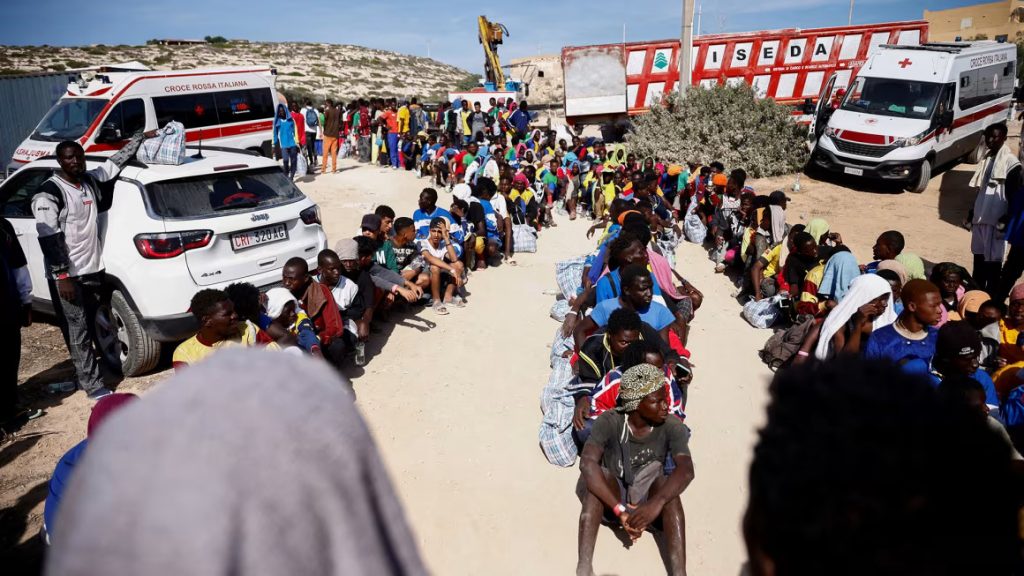New crime statistics released in Italy have reopened the debate surrounding migration and public safety. The figures appear to support previous claims made by Prime Minister Giorgia Meloni, who suggested that rising migration may be linked to increased violence against women and other crimes. These new findings have drawn attention nationwide and continue to shape discussions about the country’s approach to immigration.
The report was published by the Italian Interior Ministry. The data shows that foreign nationals are significantly overrepresented in several categories of crime. This is notable because migrants make up only around nine percent of the total population in Italy. Despite their small share, they account for a large percentage of arrests in crimes such as robbery, theft, and other offenses that affect public spaces and local communities.
According to the statistics, foreign nationals are involved in more than half of robbery cases, reaching 52.3%. Public robberies are even higher at 60.1%, while snatching incidents are at 61% and theft by sleight of hand is recorded at 69%. These numbers have raised concerns among citizens who are already worried about safety in busy areas like markets, train stations, and shopping districts.
The data also highlights foreign involvement in other crime categories. For sexual assault, the figure stands at 43%, while drug dealing is at 39%. Car theft sits at 24.5%, smuggling at 29%, and intentional homicide at 23.7%. Even though these percentages are lower than robbery-related offenses, they still show that migrants are more represented in these crimes compared to their small population size.
However, crime researcher Paolo Pinotti, speaking to Il Sole 24 Ore, noted that the report does not separate legal migrants from undocumented migrants. He suggested that legal migrants generally show a crime rate similar to Italians. This means that the high percentages could be mostly linked to migrants who are living in the country without documentation or proper support systems. This gap in data has led to calls for more specific reporting to understand the problem clearly.
Some cities show even higher migrant arrest rates than the national average. In Prato, migrants make up 62% of arrests. In Milan, the figure stands at 55.8%, while Florence records 56%. These cities are known for having large migrant populations and active labor markets, which makes the issue more visible and urgent for local officials who must respond to both public concerns and integration needs.
Reports of similar migrant crime issues have been made in countries like France, Germany, and other European nations. This suggests that the topic is not only an Italian concern but part of a larger debate across Europe. Many countries are now considering how to balance humanitarian protection, economic needs, and public safety in their migration policies.
As the discussion continues, Italy faces important decisions on how to move forward. Some believe the answer lies in stronger border enforcement. Others argue for more support and integration programs to help migrants settle and avoid falling into difficult situations. The government’s next steps will play a major role in shaping the future of migration in Italy and its impact on communities.

